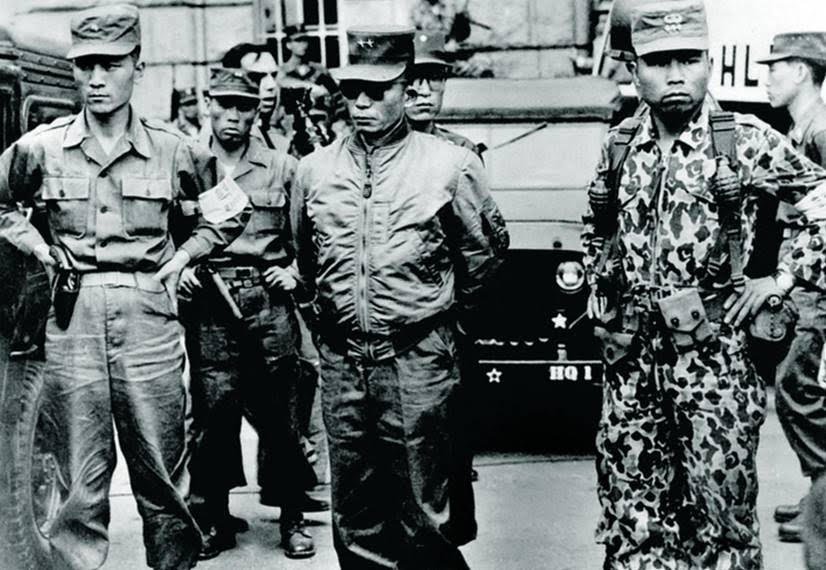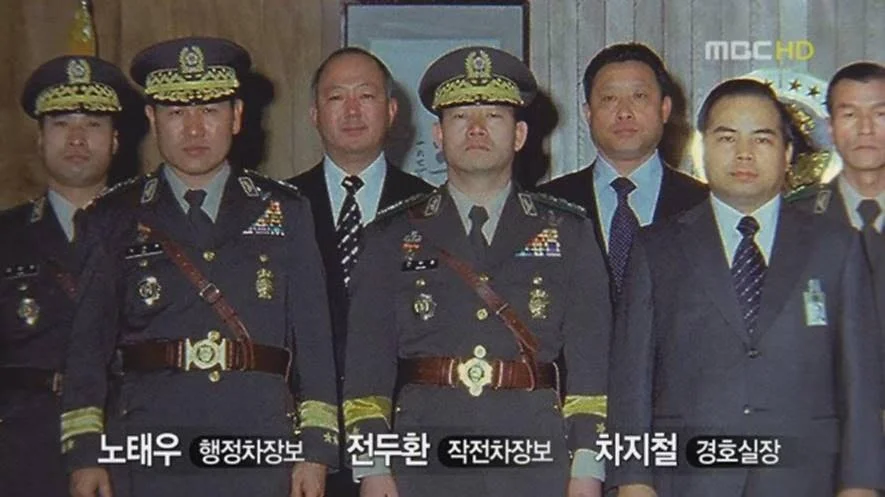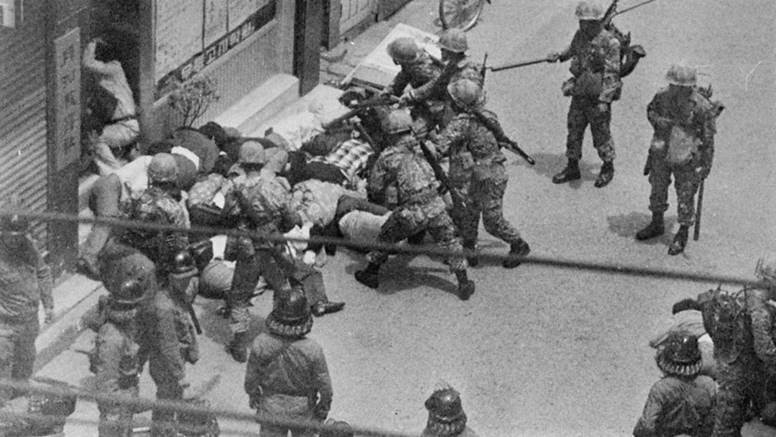[Photo Credit: Doug Mills / AP]
By Nathaniel Ibrahim
The village of Yellow Springs, Ohio, like much of the United States, has an affordable housing shortage. To address this, the Village Council considered rezoning 53 acres for higher-density homes. This was controversial among Yellow Springs residents including comedy superstar Dave Chapelle, who threatened to pull his investments from the town:
”If you push this thing through, what I’m investing in is no longer applicable… I am not bluffing. I will take it all off the table.”
It was never guaranteed that the Village Council would pass the rezoning without Chapelle’s interference, or that the plan would even make housing more affordable. But it was hardly a fair fight. Losing millions in investment dollars would transform the economic landscape of Yellow Springs. Municipal representatives could never consider the housing project on its own merits.
Strongarm tactics by capital happen on the national stage too. Shortly after Barack Obama won the presidency on a platform of “hope and change,” Emerson Electric CEO David Farr said his company would only expand in the United States if government got “out of the way.”
Barclays CEO Robert Diamond claimed corporations wouldn’t “have the confidence to hire in the United States… until we… believe… the government, the private sector, and financial institutions are working together and connected again.”
Bausch + Lomb CEO Brent Saunders warned that, because of Obama, multinationals are “more tentative on whether… to…invest.”
The Wall Street Journal synthesized these sentiments, lamenting that Obama wasn’t doing enough to encourage “U.S. businesses to unleash the $2 trillion in capital they are holding.”
Republican Speaker of the House John Boehner summarized it well the following year:
“Job creators in America basically are on strike.”
It isn’t novel to point out the political influence of the wealthy. Even former president Jimmy Carter called the United States an “oligarchy with unlimited political bribery.” Research shows that better-funded candidates generally win. There are basic fundraising thresholds candidates must meet to have a chance of winning. This allows the wealthy to influence who runs and wins. Even when donations don’t outright guarantee electoral success, candidates still value them and allow donors to influence policy.
Just as ultra-wealthy benefactors control elections, a handful of companies dominate our media. “Big Tech” dictates culture by moderating the flow of information and “marketplace of ideas” that informs our political process. Corporate giants make it more difficult for voters to make informed decisions and allow relatively few people to curate and regulate public discourse.
These problems are serious, and make our political system less democratic. They reinforce the privileged interests of the white and wealthy while disenfranchising the non-white and poor. This inequity is rooted in the undemocratic nature of our economic system, which grants certain groups not mere influence or political advantage but the ability to wield pure, unchecked power.
Who Controls Capital?
In the United States, the three richest white men hold as much wealth as the bottom 50% combined. Capital, which refers not to personal property but investment assets, is also unequally distributed. The top 1% of Americans own a majority of the country’s stocks and private businesses. The poorer you are, the more of your resources you must spend on your needs, and the more fully you rely on other people’s capital to have a job.
Within individual companies, if an investor controls over half the voting shares, they fully control the company, rendering other investors’ capital powerless. Capital is where the real power lies, and it is controlled by a miniscule group.
How Does Capital Work?
This tiny class of capitalists will only invest capital under certain conditions. Generally, profits are the fundamental precondition for investment, but it’s ultimately down to the investor. They can choose to do nothing with their capital or invest it in some other market, thereby exercising tremendous leverage on the rest of society.
To maintain access to goods and gainful employment, electorates are under pressure to placate capital. This immediate pressure often conflicts with voters’ long-term interests, or any political priorities beyond meeting their basic needs. Thus, politicians under capitalism must serve their constituents’ short-term demands by serving owners and investors. Otherwise, their constituents will suffer, blame them, and vote them out.
Capitalists directly affect government activity too. First and foremost, tax revenues are almost entirely dependent on investment. Jobs are needed to generate income taxes, while businesses must sell goods and services in order to generate sales taxes. Investment is required to maintain property values and thus property taxes. When governments cannot fund their activities through taxation and turn to borrowing, they become dependent on banks and other potential creditors.
Often, private capital directly pays law enforcement to do its dirty work. Major corporations funnel millions of dollars into police activities through police foundations. Companies including DTE, Meijer, The Home Depot, and AT&T all have representatives on the board of the Detroit Public Safety Foundation. Across the country, the largest companies in finance, tech, fossil fuels, and other industries funded the police and were represented in the institutions that raise private funds for them.
The Power of Capital in Action
When a group of capitalists forego investing together — a capital strike — they can quickly cripple the economy. When they have common interests, and frequently voice their concerns through the business press, little direct coordination is required to set off a chain reaction of capital flight.
“Capital strike” and “capital flight” are not commonly used terms, and they almost never come up in election discourse. Capital flight is recognized as an economic phenomenon, one that can often come about as a reaction to political developments, but its political implications are rarely discussed. Some economists characterize capital flight as a “symptom of macroeconomic mismanagement” to be solved with “sensible, credible” policies.
This straightforward narrative is actually quite common when it comes to businesses’ reactions to policies. The policies are never “not what businesses prefer.” They are simply “bad policies,” which “lead to bad outcomes.” Capitalists are treated like they bear no responsibility for the consequences of their actions. The class character of capital strikes is completely mystified and ignored. While it’s possible for certain policies to be bad for both the rich and the poor, that is not always the case.
There are numerous examples of large-scale capital strikes forcing national governments to abandon progressive, widely-supported policies. The aforementioned strike against the Obama administration strike is one such example. Other capital strikes happened under Franklin D. Roosevelt.
Capital strikes are not limited to the United States. In the 1970s, the Swedish Trade Union Confederation and members of the Social Democratic Party sought to transcend social democracy via the Meidner Plan, which would have taxed corporate profits to achieve workers’ ownership of major corporations. Fearing a capital strike, the Social Democrats diluted the plan. The plan’s namesake, economist Rudolf Meidner, described the implemented version as “a pathetic rat.”
In France, after decades of uninterrupted conservative rule, Socialist Party leader Francois Mitterand was elected president in 1981. He was allied with the French Communist Party, called for a “rupture” with capitalism, and embarked on a radical program of nationalization, wage hikes, and union empowerment. Displeased investors pulled their capital, punishing the French economy. Mitterand abandoned his radicalism, purged Communist ministers from his government, and pursued more conservative policies.
A similar thing happened in Chile. In 1970, Salvador Allende — Latin America’s first democratically elected Marxist head of state — became president. Over the next three years, wealthy Chileans and international businesses reacted with capital strikes, capital flight, and hoarding to destabilize the government and protect their own power. Allende responded with concessions to the Right but was eventually overthrown in a US-backed military coup that was justified as a response to economic instability.
In Venezuela, the election of Hugo Chávez in 1999 was followed by dramatic increases in quality of life. Chávez lifted nearly one fifth of the population from poverty. Even opponents like the Washington DC-based Organization of American States recognized this achievement and “the eradication of illiteracy… and the increase in access by the most vulnerable sectors to basic services such as health care.”
The massive wealth held by Venezuela’s elite was being slowly redistributed, and the oil revenues that the country had relied on for decades were being directed toward the poor. As this happened, Venezuelan and international businesses began pulling their capital out of the country or holding back certain economic activities. The current Venezuelan economic crisis is, of course, complex, with an overreliance on oil, imperialist sanctions, and political instability of various origins all playing a role. However, capital flight preceded and contributed to these issues, starting at a time when the lives of Venezuelans were improving at the expense of capitalist profits and power.
Of course, national capital strikes are the exception — a “nuclear option” of capitalist control.
Every day, capitalists and their managers make decisions regarding where to allocate resources within their businesses, or who to do business with. Whether by reflexively chasing profits or strategically leveraging their wealth, they shift wealth toward those who serve their interests.
Voters may begin to “learn their lesson,” and vote in ways that investors will reward them for, even if they end up voting for policies they do not ultimately prefer. Voters may blame some inherent flaw in leftist policies, saying things like “socialism is great in theory, but doesn’t work in practice.” And while left-wing governments have in many cases brought improvements for their people, capital strikes negatively affect their track record.
Others may recognize the power of capital over the economy, but believe it to be justified or necessary, and consciously vote in a way that reinforces this power. When left-wing governments make concessions to capital, their supporters may see it as a betrayal of the policies they ran on, and become politically inactive or shift their allegiance to another party, as happened in Sweden and France. Whether they blame the failure on economic realities, unreliable politicians, or the business owners themselves, voters will respond rationally to actions by capital, and vote in ways that avoid offending investors in the first place.
Legalized Bribery
The coercive power of capital strikes is extremely important in explaining why the rich and large corporations often get their way. But they have numerous other tools at their disposal for directing the political process:
Rent out a lavish compound to a sitting president (or let him stay for free)
Spend hundreds of thousands of dollars at businesses owned by politicians
Loan politicians’ companies hundreds of millions of dollars
Hire lawmakers and top officials as lobbyists or consultants
Give politicians seats on corporate boards
Give them a high-paying job at a think tank
Sign massive book deals with Supreme Court Justices, or give them free trips
Take a powerful judge on multiple luxurious vacations,
Buy their mother’s home and let her live in it rent-free, pay their family member’s expensive boarding school fees, pay for their wedding reception, give them VIP access to sporting events, fund the dedication of a library wing in their honor, and fund a hagiographicmovie about them (This is all the same person)
Own stocks while being a politician, and reap all the benefits if your political actions favor your stocks or investors at large
What Can We Do About it?
To recap, capitalism results in a tiny minority of the population controlling the means of production and distribution. This control is leveraged to reward or punish voters and governments based on how accommodating their policies are toward capital. These capitalists coordinate not just through institutions and relationships, but need not coordinate at all when their interests align. If a government threatens their profits, they will remove their capital from the government’s jurisdiction, even if the people believe they should sacrifice their profits for the benefit of society. The bounds of what is politically possible are set by the corporate sector.
Those who control wealth use it in more targeted ways to shore up this power. They systematically direct their wealth to individual politicians, or the political class as a whole, to buy their loyalty and give the politicians a stake in the power of capital.
Private businesses control the media that we consume, and the wealthy bend political campaigns, think tanks, charities, and universities to their will with donations. These institutions allow the wealthy to mask and justify their economic power, and articulate their demands to a target audience. They also give them the tools to act even when their economic power is effectively curbed.
Considered fully, the power of capital appears unassailable, and if we work within the mainstream definition of politics, it is. Our ability to exercise political power is often reduced to participating in elections. However, electoral politics are, in many ways, a manifestation of power wielded by people outside of it, and any movement that devotes all its energy to the electoral sphere will ultimately fail when they are outmaneuvered in the economic sphere. However, understanding the ways that this capitalist power works is the first step to breaking it.
In order to fight back against this system, ordinary people need to expand their definition of politics and operate in the same fields that the wealthy do. Recognizing that democracy is still something worth achieving is vital. Winning political power will be a bottom-up struggle. Radical labor unions will be a necessary tool for workers to challenge capital in an effective way and wield material leverage toward their political goals.
The specifics of overcoming capitalist power are far from clear. The people of this planet will have to organize themselves and develop plans for effective resistance through international collaboration and dialogue. What’s clear, however, is that no form of capitalism will allow us to experience genuine democracy. Whoever controls economic production and distribution controls everyone dependent on that production and distribution. Self-determination and democracy therefore require economic democracy.
Nathaniel Ibrahim is an organizer and elected leader in the Young Democratic Socialists of America at the University of Michigan.
















